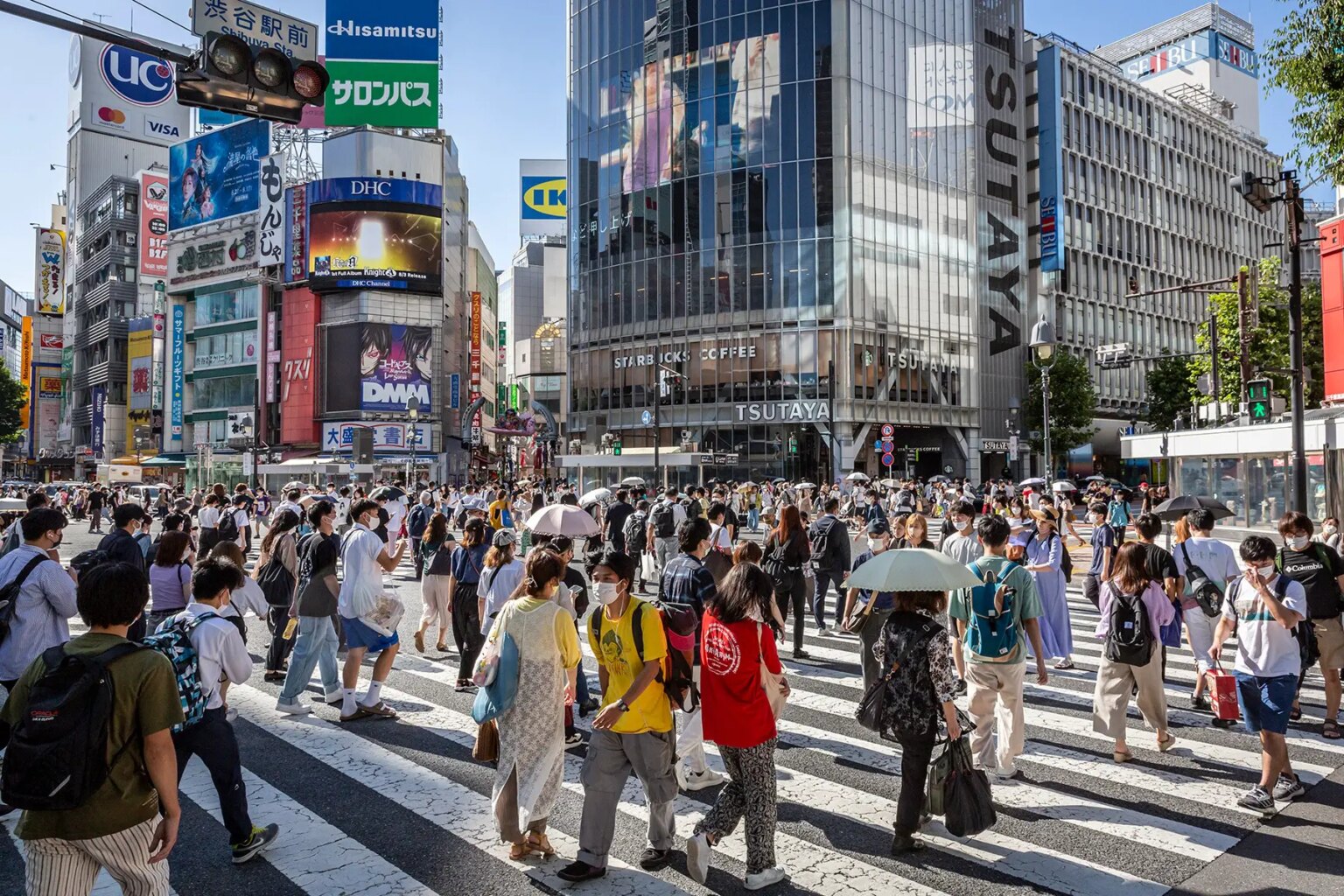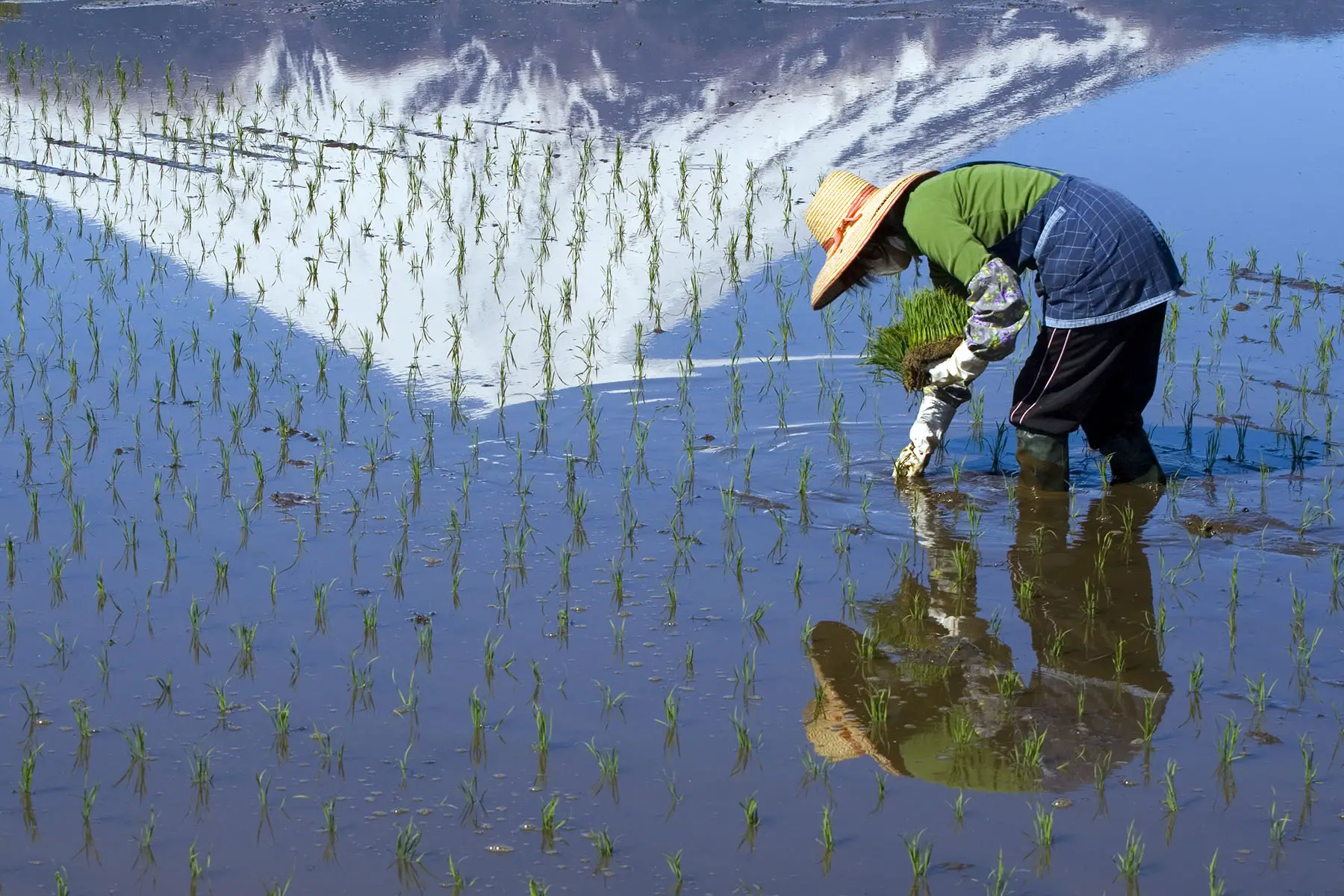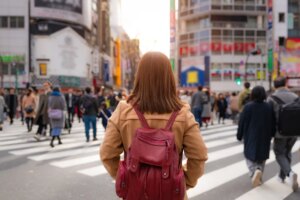Japan is a unique and beautiful country of contrasts, combining ultra-modernity with ancient tradition. With everything from neon-lit fast-paced cities to idyllic mountainous villages, there’s something to suit all types of lifestyles. Where you live in Japan will depend on your reasons for moving and what you are looking for. For example, you might be working, studying, or retiring. Or perhaps you are more interested in opportunities, quality of life, and affordability.
Moving abroad also involves financial considerations, and setting up your finances early with services like Wise can make the transition easier thanks to their multi-currency account and transparent fees, letting you focus on the next big question: which city is right for you? Here is a selection of the best cities in Japan and information on what they’re best for.
Sections include:
SafetyWing
Stay protected worldwide with Nomad Insurance Complete from SafetyWing. This medical and travel insurance plan covers check-ups, mental health, maternity care, travel protection, and up to $1.5 million in emergency care in 170+ countries, including your home country. Sign up today and save 10% when you choose annual payment.
Which are the best cities in Japan?
Tokyo
Japan’s bright and bustling capital, Tokyo, is the most populous city in the world (as of 2018), with the largest economy of any metropolitan area.
Situated on Tokyo Bay in the Kanto region on the central coast of Honshu, the city has a population of 14.05 million (2020 census), although the wider Tokyo prefecture contains over 37 million inhabitants. Foreign residents comprised around 3.2% of the city’s population in 2015.
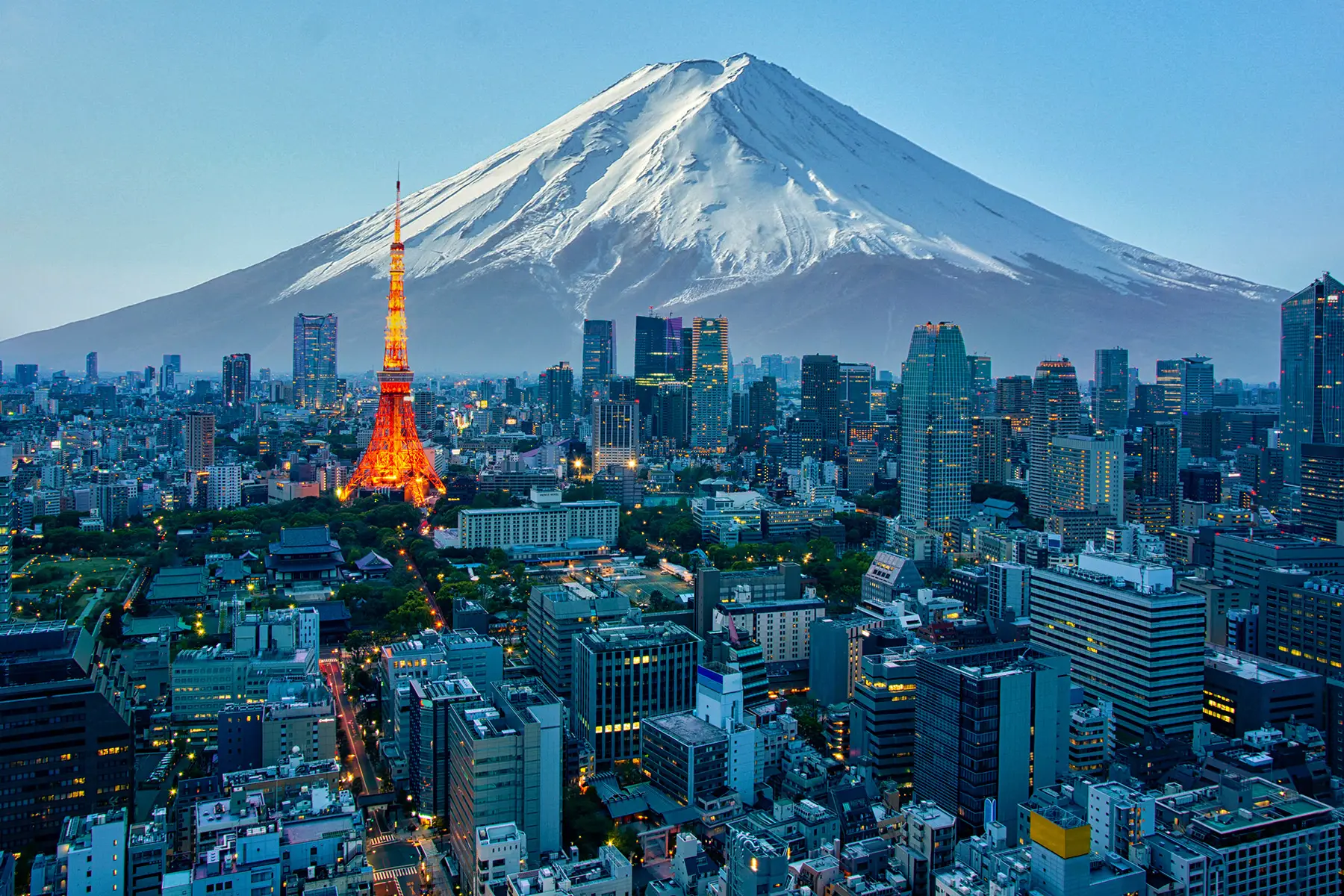
Unsurprisingly as the country’s capital city, Tokyo has many features that attract expats. These include a thriving economy, excellent amenities, great public transport (such as a train and subway network), vibrant nightlife, and plenty of family-friendly facilities and activities.
The city is also home to numerous Fortune 500 companies. Although it has a reputation as a tightly-packed, built-up city full of skyscrapers, Tokyo also has many open spaces including large national parks and hiking trails.
City wards or neighborhoods
The city itself consists of 23 wards. Those popular with internationals include Minato, Shibuya, Chiyoda, and Meguro. These are all close to the city’s center, although the transportation system means you can live in the more affordable outer wards and remain within easy reach of the center.
Famous attractions include the Shibuya Crossing (the world’s busiest pedestrian crossing), Tokyo Tower, the Imperial Palace, Tokyo Skytree, and the Ginza shopping district.
That’s not all – the city has an abundance of museums, theaters, bars, restaurants, temples, and shrines, plus a diverse events calendar.
The main downside to living in Tokyo is the cost of living. As is often the case with capitals, it’s the most expensive city in the country. However, the Economist ranked it as the fifth safest major city in the world in 2021.
Osaka
A port city in the Kansai region of Honshu, Osaka is another commercial and industrial hub of Japan. It has the second-highest GDP in Japan after Tokyo and has the third-biggest population with 2.75 million inhabitants (2020).
Osaka has much that Tokyo has to offer but on a slightly smaller scale. It’s home to the Osaka Exchange and multinational giants such as Panasonic and Sharp.

Osaka is famous for its friendliness and welcoming attitude to people from all over the world, although it had a slightly lower percentage of foreign residents than Tokyo in 2019, around 2.8%.
Popular areas include Kita (which incorporates the business district of Umeda), Namba, Nishi, and Amerikamura (also known as American Village). Dotonbori, a canal district near the city center, is one of the main attractions, while the westside port area features tourist favorites such as Universal Studios and Tempozan Harbor Village.
In addition, Osaka has a rich and varied events calendar that includes the Osaka Asian Film Festival and Tenjin Matsuri.
The city is popular with fans of Japanese cuisine. Staples such as okonomiyaki (お好み焼き) and takoyaki (たこ焼き) originated in Osaka. It’s also still fairly affordable, although prices are rising. On the negative side, it’s not as visually attractive as some other Japanese cities.
Wise account
Are you an expat or thinking of moving to Japan? Managing your money across borders shouldn’t be complicated. With a Wise account, you can hold over 40 currencies and pay with a Wise debit card in more than 150 countries. Whether you need to spend abroad, receive or send money home, Wise can help make international money management simpler.
Kyoto
Japan’s former capital and one of the country’s oldest municipalities, Kyoto is the principal city of the wider Kyoto prefecture in the Kansai region. Renowned for its history, many consider it the cultural capital of Japan for its many Buddhist temples, Shinto shrines, museums, gardens, and palaces. Among these are 17 Historic Monuments of Ancient Kyoto.

Although it’s a big tourist destination, Kyoto is more affordable than some bigger cities. The city itself has a population of 1.46 million (2020), with foreign residents making up around 2.4%.
It’s a great location for the annual springtime hanami (花見, cherry blossom viewing) and has one of Japan’s most esteemed educational institutions: Kyoto University. However, the nightlife is slightly less vibrant than the likes of Tokyo and Osaka.
Popular neighborhoods include Higashiyama (where you’ll find the Gion district famed for its Geisha culture and annual festival in July), the serene Sakyo, and the canal-lined area of Fushimi. Also worth a mention is Arashiyama, a mountainous district on city’s outskirts, a designated Place of Scenic Beauty.
Sapporo
Sapporo is the largest city on the northern island of Hokkaido. It’s the place to head to if you’re a fan of outdoor activities and beautiful scenery. The mountains to the south and west of the city provide the backdrop to the annual Sapporo Snow Festival, featuring an exhibition of large snow sculptures.
Although Sapporo is the fifth most populous Japanese city, with around 1.97 million inhabitants (2020), it has fewer foreigners, English speakers, and slightly fewer tourists than many other cities. International residents make up only 0.7% of the wider Hokkaido prefecture population. This might make it slightly more difficult to settle in. On the other hand, it’s a great location if you want to learn Japanese.
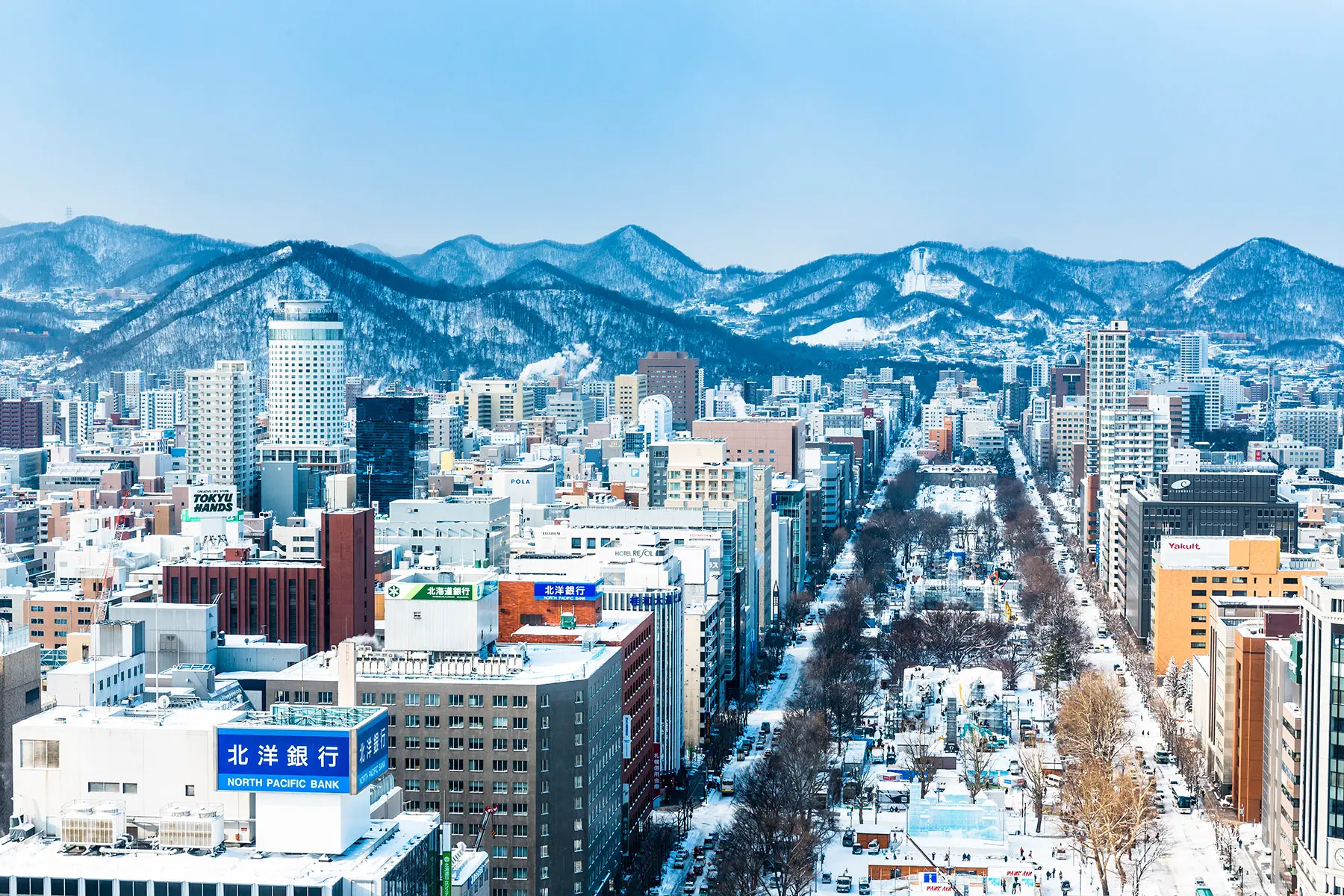
In addition, Sapporo has a cooler climate and is one of Japan’s most affordable cities. The Hokkaido University is based in the city, as is the Sapporo Dome sports facility.
Sapporo is also notable for its food and drink. It’s the birthplace of miso ramen and Sapporo Beer, one of Japan’s most popular exported beers. The Sapporo Beer Museum is one of Japan’s few museums dedicated to beer.
The top neighborhoods include Chuo and Kita (close to the center), Otaru in the northwest (good for families), and the nearby Niseko to the south (for outdoor activities).
Fukuoka
The most populous city on Kyushu island, with 1.61 million residents (2020), Fukuoka has a very distinct local culture due to its proximity to the Asian mainland. Built along the shores of the Hakata Bay, it’s a port city with a bit of everything, from a vibrant economy and nightlife to ancient ruins and gorgeous beaches. Ideal for students and businesses, it’s Japan’s economic zone for start-ups.
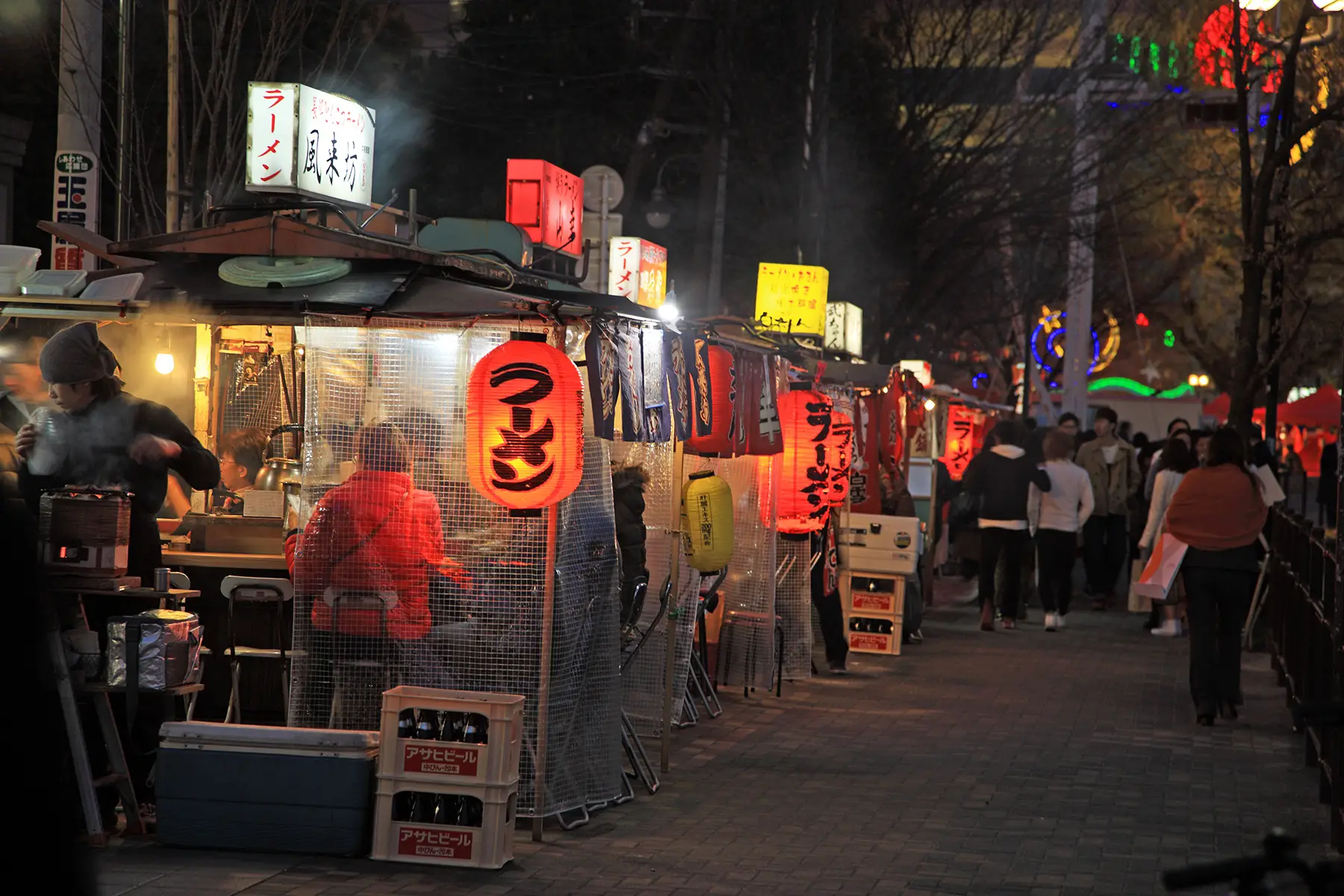
Fukuoka remains one of the more affordable Japanese cities and is reasonably compact. Tenjin and Hakata are good districts if you want to be central and close to where it’s all happening, while further-out areas such as Higashi are more suitable for families seeking a quieter life.
However, the city does have fewer foreign nationals (1.5% of the total population), so learning Japanese is more critical.
Top attractions in the city include Tenjin Central Park, home to the ACROS cultural center. Meanwhile, Canal City is an attractive shopping complex complete with restaurants and bars.
For those interested in history, the ruins of the 17th century Fukuoka Castle and the city’s multiple museums are worth visiting. The Yamakasa Festival, which runs for two weeks each July, is the city’s most popular annual event.
Nagoya
The largest city of the Chubu region in central Honshu, Nagoya is one of Japan’s key port cities and also a hub of automotive manufacturing.
Although it’s one of the more populous Japanese cities with 2.3 million residents (2020), it has a quieter atmosphere that makes it good for families and retirees. In fact, it’s thought that its name comes from the word for ‘peaceful.’
Another good factor for expat families with children is that Nagoya has some reputable international schools.

Nagoya has been referred to as a small version of Tokyo, as it has a fairly cosmopolitan and vibrant feel but on a smaller scale. One of the key attractions is its cultural path, which is lined with protected heritage buildings. Other notable sights include Nagoya Castle and Atsuta Shrine, considered Japan’s second most important shrine.
Yokohama
Yokohama is Japan’s second-largest city by population, with around 3.78 million inhabitants (2020). It’s one of the country’s economic hubs and is part of the Greater Tokyo area, located less than half an hour from the capital by train. As a result, it attracts many new residents with jobs in Tokyo as it has cheaper living costs.
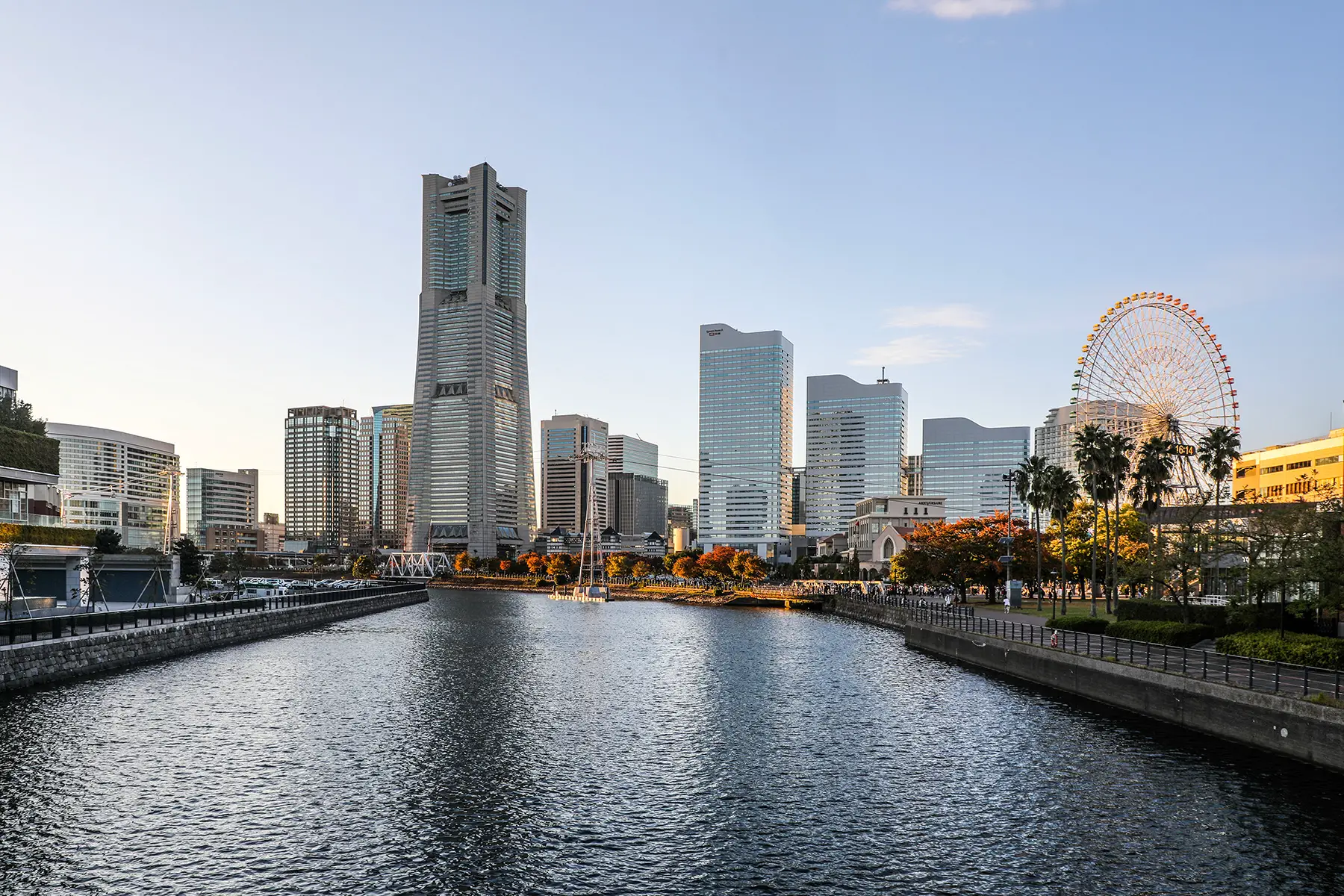
Notable features of Yokohama include its Chinatown district and its sports stadium, which hosted the 2002 World Cup final. For fans of Japanese cuisine, there is also a ramen museum and a cup noodles museum, while driving enthusiasts may be interested to hear that it’s also home to Nissan’s headquarters.
Sendai
Sendai is the largest city in the Tohoku region in northeastern Honshu. Although it has a population of 1.1 million (2020), it retains more of a small-town feel than many Japanese cities.
Often called the city of trees due to the large number of zelkova trees lining its streets, Sendai is also known for its universities and numerous festivals. The most famous of these is the Sendai Tanabata Festival.
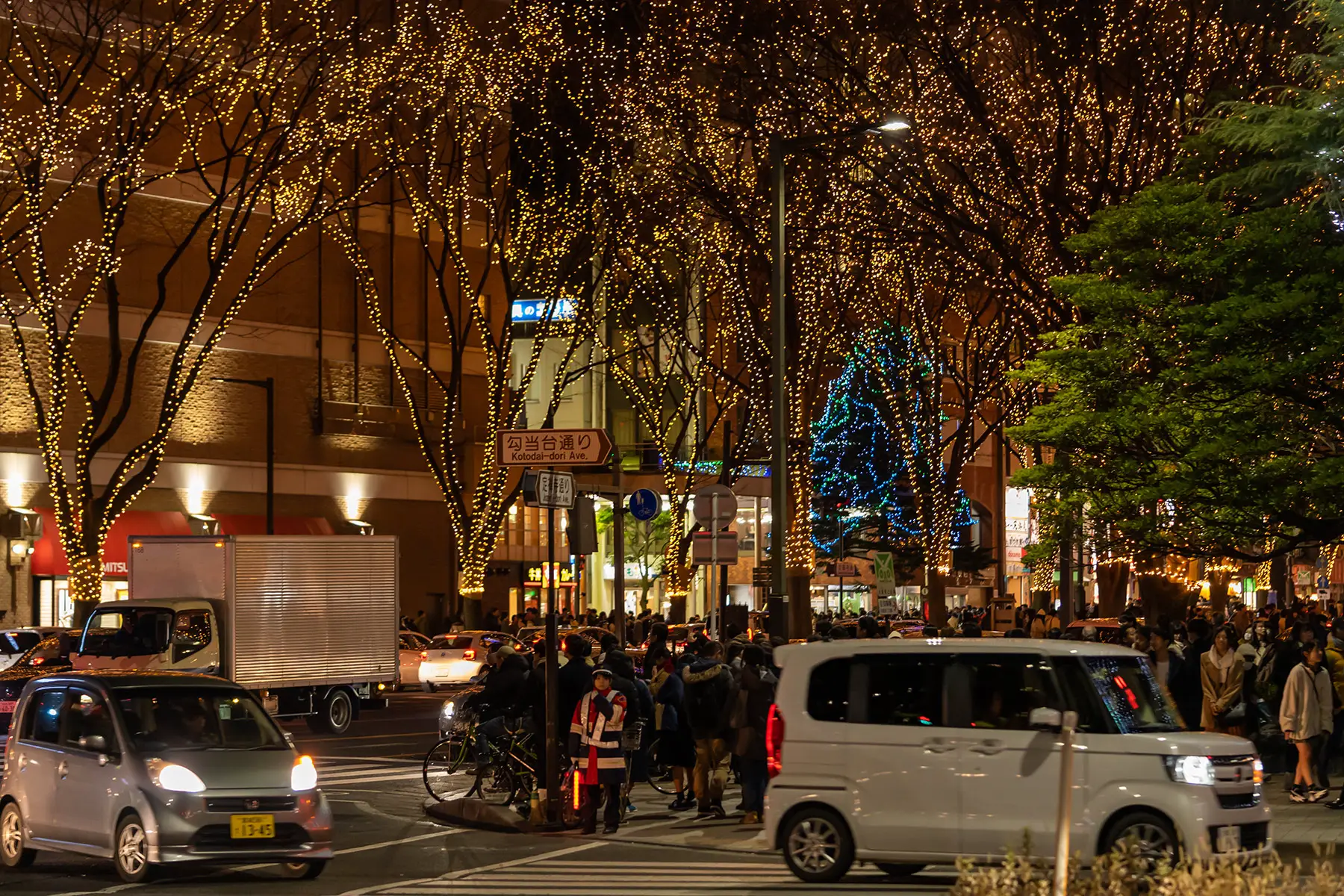
Sendai is an excellent place to head if you’re looking for a slower pace of life in attractive surroundings. However, bear in mind that English-speakers are thinner on the ground and transport links aren’t as good as in the bigger cities.
Hiroshima
Sadly still best known for the devastation it suffered from the atomic bombing in 1945, Hiroshima today is a largely rebuilt city with a growing community of internationals.
Foreign residents make up 1.85% of the 1.2 million population (2020), and clubs such as the Hiroshima International Center and the Hiroshima International Plaza help to integrate communities from overseas.

The city is the largest in the Chugoku region in western Honshu, situated on the Ota River delta. The Peace Memorial Park in the city center, which contains the Peace Memorial Museum, pays tribute to the victims of the bombing, and there is an annual ceremony on 6 August (the day of the bombing).
Other notable attractions are Hiroshima Castle and the nearby picturesque island of Miyajima, also known as Itsukushima, known for its shrine and giant torii (鳥居) gate. This is a popular romantic destination for couples.
Kitakyushu
The northernmost city on the Kyushu island and part of the wider Fukuoka prefecture, Kitakyushu (meaning “North Kyushu city”) is smaller, with a population of 939,029 (2020). It’s also the newest city, founded in 1963.
Kitakyushu is a destination worth considering for any eco-conscious newcomers who care about sustainable living. It became Japan’s first Eco Town in 1990 and has been named one of four Green Growth Model Cities by the Organization for Economic Cooperation and Development (OECD).
The United Nations (UN) also chose Kitakyushu as one of nine pilot regions to advance the Sustainable Development Goals (SDG).
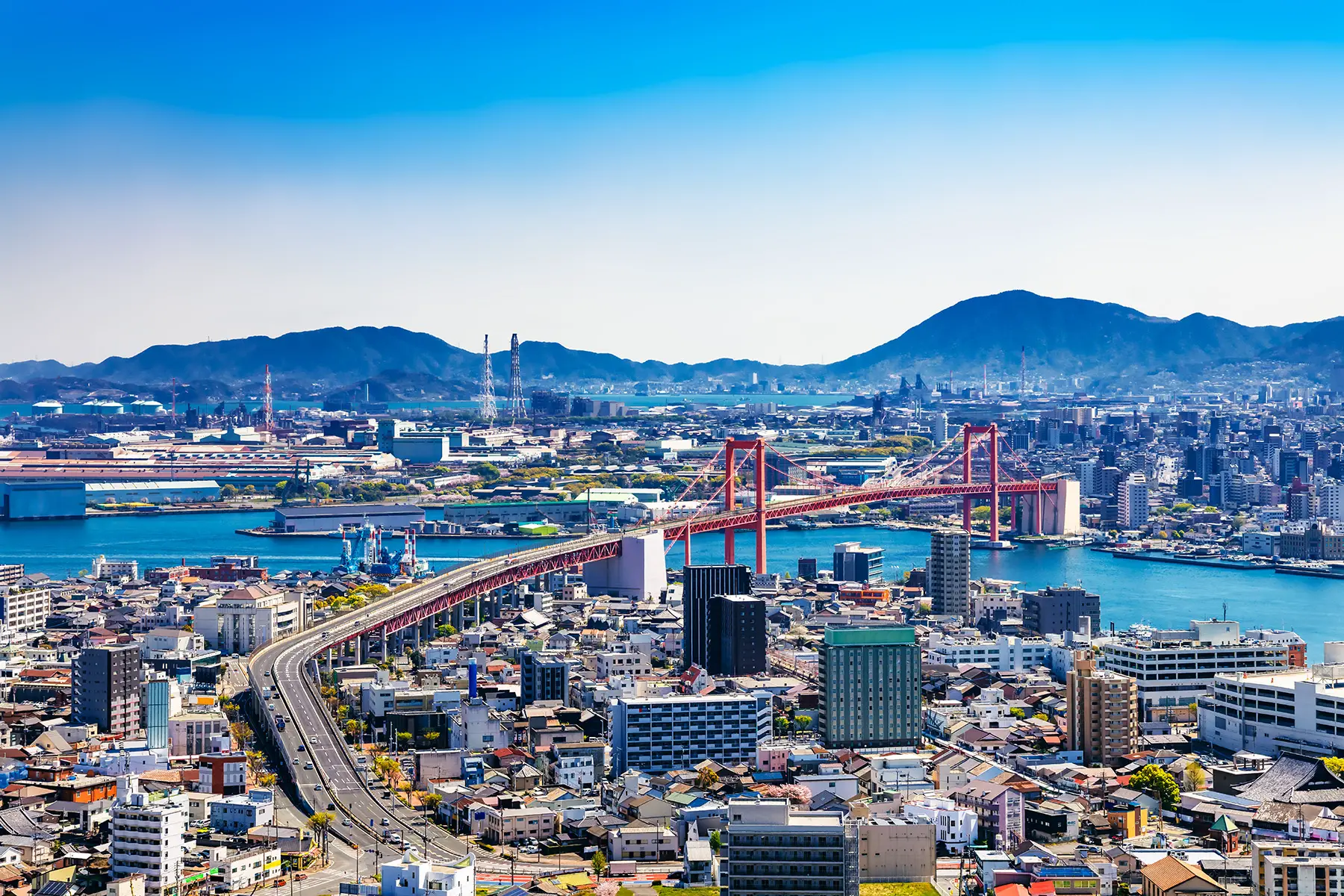
The city has pioneered projects in waste management, water supply, and plastic pollution. In addition, it has a strong economy, with its position as a gateway between the Honshu and Kyushu islands, making it a key port for international trade. Traditionally a manufacturing hub, it’s now the headquarters for a few prominent Japanese software and electronics companies.
Where to live in Japan
Best cities in Japan for families
Thanks to its good quality of life, high-standard facilities, and abundant natural beauty, Japan is an excellent place to bring up a family.
Although it ranks only 32nd out of 41 countries for family-friendly policies, its position is higher (20th out of 38 countries) in a 2020 UNICEF study (PDF) on child outcomes. This index measures mental well-being, physical health, and academic and social skills.
Most of the major cities have great education, healthcare, and family-friendly facilities. Japan is also considered one of the world’s safest countries, with fairly low crime rates.
In terms of education, Tokyo, Osaka, Fukuoka, Nagoya, and Sendai have the most International Baccalaureate (IB) schools. Nagoya also has a number of notable international schools. Osaka and Fukuoka are also worth a mention for the general standard of child- and family-oriented facilities.
Where to retire in Japan
Japan has the highest percentage of pensioners in the world, with around 28% of the population aged 65 and above. Unsurprisingly, the country has adapted to providing for retirees and currently ranks 22nd on Natixis investment bank’s Global Retirement Index (2022).
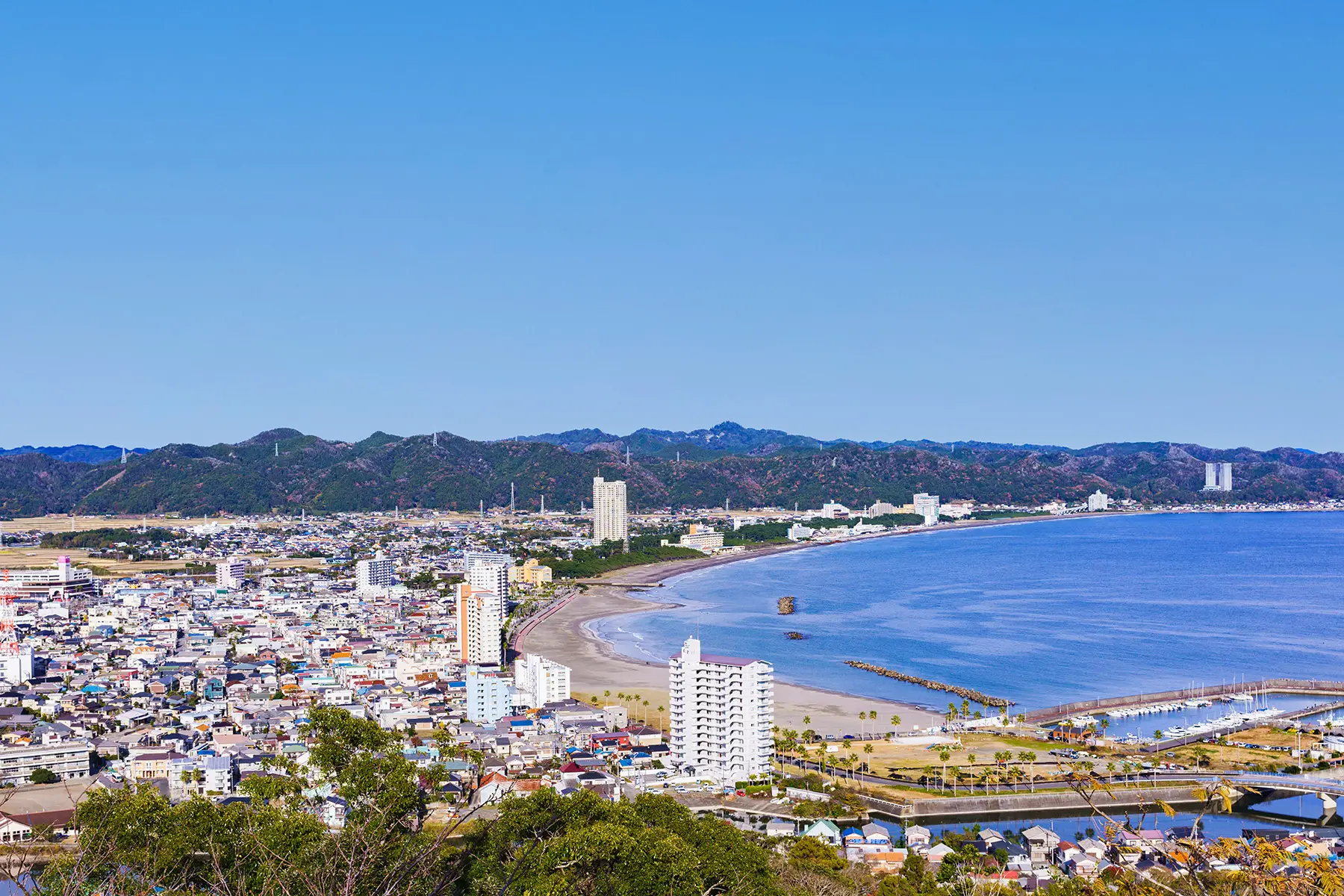
Where best to move to for retirement in Japan depends on what you’re looking for. Important factors may include:
- Good scenery
- Healthcare
- Peacefulness
- Public transport
- Quality of life
- Size of the international community
Tokyo scores very well in most of these respects, but some may find it too busy or expensive. Kyoto, Nagoya, and Okinawa are all excellent options for a slightly gentler pace of life.
When it comes to healthcare, Tokyo has the best facilities and numerous hospitals in the Newsweek Top 250 global rankings. Other cities featuring on the list include Kamogawa, Fukuoka, Kurashiki , Osaka, Hokkaido, and Kobe.
Beyond Tokyo, the prefectures with the largest foreign-born populations are Aichi, Osaka, Kanagawa, and Saitama.
Best cities for single people in Japan
The busier, more cosmopolitan Japanese cities naturally make for better destinations if you’re looking to date. Key factors will include good nightlife, culture, and entertainment. University cities and places with good employment prospects are also appealing as they have a good flow of newcomers. In addition, you’ll come across more single people there.
Again, Tokyo is an obvious frontrunner as the vibrant capital. Although it’s more costly, there are many places in and around the city worth considering.
Other buzzing cities with plenty going in include Osaka and Fukuoka, while Sapporo is a great choice if you fancy meeting people while trying out some cool winter sports. As for student locations, both Kyoto and Sendai have universities ranked in the 2023 Times Higher Education World University Rankings.
Where to live on a budget
If you’re looking for affordable living in Japan, you might be better off heading for an island other than Honshu. Hokkaido, Kyushu, and Shikoku generally all have lower rental prices. Sapporo, Fukuoka, Naha, and Okinawa are good city locations on these islands with reasonable living standards, opportunities, and international communities.

If you want to keep your living costs to a minimum on Honshu, the best options include Kyoto, Osaka, Chiba, and Yokohama. According to Numbeo’s cost of living surveys, the cheapest place is Chiba, in the Kanto region, where renting a one-bedroom apartment in the city center costs around ¥70,000 per month.
Best cities for jobseekers in Japan
Japan has a strong economy and a lot to offer to jobseekers, with a low unemployment rate, currently standing at 2.5% (2023). However, the country ranks in 80th place on the 2022 English Proficiency Index. This means it can be tough to find a job outside the biggest cities unless you have a good grasp of the Japanese language.
As the capital city with a larger number of multinational companies, Tokyo is the best city for English-speaking jobseekers. This means that other cities in the Greater Tokyo Area such as Yokohama, Chiba, and Saitama, are all worth considering. Elsewhere, Osaka also has plenty of employment opportunities. Nearby Kobe also has a growing economy and international population, as does Hiroshima.
Where to live in Japan for business
Japan is a good location for entrepreneurs and those looking to start or develop business ideas. The country ranks 13th on the Global Innovation Index and 29th out of 190 nations worldwide for ease of doing business, according to the World Bank.
Tokyo is considered one of the best cities in the world for business. It ranks in the top 10 globally for a number of key innovation measures in the Finom Innovation in Business Index.
Fukuoka is also highly-rated in terms of business opportunities. Indeed, it is Japan’s economic zone for start-ups, with funding opportunities and a wealth of advice for those looking to start a company. According to SME Japan, other start-up hotspots in 2023 are Osaka and Nagoya.
Places in Japan to avoid
Japan is considered a very safe country with low crime levels. It ranks 118th out of 190 countries on the Global Crime Index (first place being the worst for crime). Osaka is the only Japanese city that features on the 2023 Numbeo Crime Index.
However, this is still a long way below crime rates in many comparable cities worldwide. Osaka is still considered a safe city, as shown by its appearance on both the 2023 Numbeo Safe Cities Index and the 2021 Economist Safe Cities Index.
Useful resources
- JapanGov – government of Japan
- Tokyo Metropolitan Government – official website for Tokyo
- Osaka City – information about living in Osaka
- City of Sapporo – official website for Sapporo (in Japanese)
- Fukuoka City – details about life in Fukuoka
